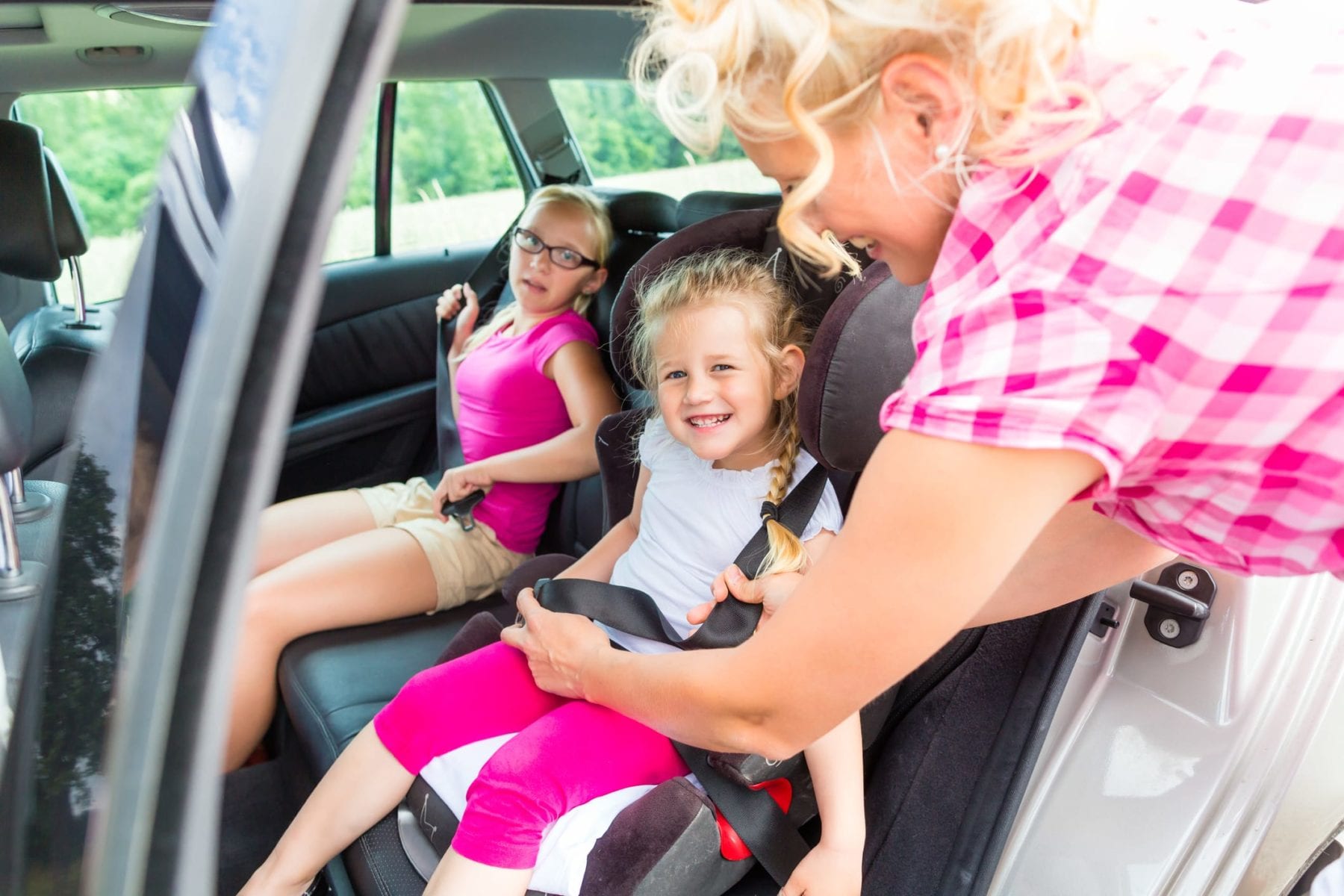When someone mentions a buckle, what comes to mind? That big shiny thing on the end of your belt? The clasps that fasten your boots?
Though buckles like those look nice and help keep shoes and clothing in place, we’re talking about a different kind of belt altogether: one that protects your kids when they’re riding in the car, whether in a car seat, booster seat or the same cushy seat mom and dad travel in.
Misinformed Parents Means Unsafe Kids
Our children are our most precious cargo. But according to a recent survey by GMAC Insurance, more than one-third of parents are misinformed about proper child safety restraint procedures and don’t know how to properly buckle their kids up in the car.
If child safety seats confuse you and you can never quite figure out exactly how to buckle your kids up correctly—forward facing, backward facing, front seat or back seat—you’re not alone. Consider these facts, documented by the National Highway Traffic Safety Administration (NHTSA) and GMAC:
- 73 percent of child restraints (buckles and car seats) aren’t used properly.
- Motor vehicle crashes are the leading cause of death among children ages four to 12.
- Half of all children newborn to seven years of age killed in car crashes are not buckled into child safety seats.
- Child safety seats installed and used correctly reduce fatal injury in crashes by 71 percent for kids under one year old and 54 percent for those one to four years old.
- Compared with adult seat belts, child safety seats reduce kids’ risk of death by 21 percent.
Clearing the Confusion
So what’s the key to buckling them up right so your kids stay safe in the car? Rather than relying solely on age, the secret is in gauging their height, weight and body size—as well as their age—to get the proper safety fit.
Though each state maintains and governs its own child safety restraint laws, we recommend this information from the NHTSA as a general guideline:
| Age/Size | Proper Positioning |
| Infants to 1-year-olds weighing at least 20 pounds | Place in rear-facing child safety seats buckled securely into the back seat |
| 1-year-olds weighing at least 20 pounds to 4-year-olds weighing at least 40 pounds | Place in forward-facing child safety seats buckled securely into the back seat |
| 4-year-olds weighing at least 40 pounds to 8-year-olds approximately 4’9” tall and weighing over 80 pounds | Place in booster seats buckled securely into the back seat |
| 8-year-olds approximately 4’9” tall and weighing over 80 pounds to 13-year-olds | Place in adult seat belts facing forward in the back seat, making sure the lap belt lays across the upper thighs and the shoulder belt fits across the chest |
Tips for Safe Riding
- Choose safety seats wisely. The NHTSA compares 101 child safety and booster seats here to help you find the one that fits your needs best.
- Read the instructions. Make sure you install and buckle your children’s seats properly by reading the installation instructions that come in the box.
- Get help. Insurers like GMAC, Allstate and Geico, along with local and state non-profit organizations, sponsor free child safety seat checks at least once a year. Ask your insurer how you can participate.
- Be an example. Always buckle up in front of your kids. It will make restraining them in their car or booster seats easier—and help keep everyone safe.
Protect Your Kids: Buckle them up!
When it comes to buckles, those that protect your children as they ride in the car are definitely the most important.
So don’t be confused about how to buckle them up right. Follow these guidelines, talk to your insurer and don’t be ashamed to ask for help. Your kids’ lives are at stake!
